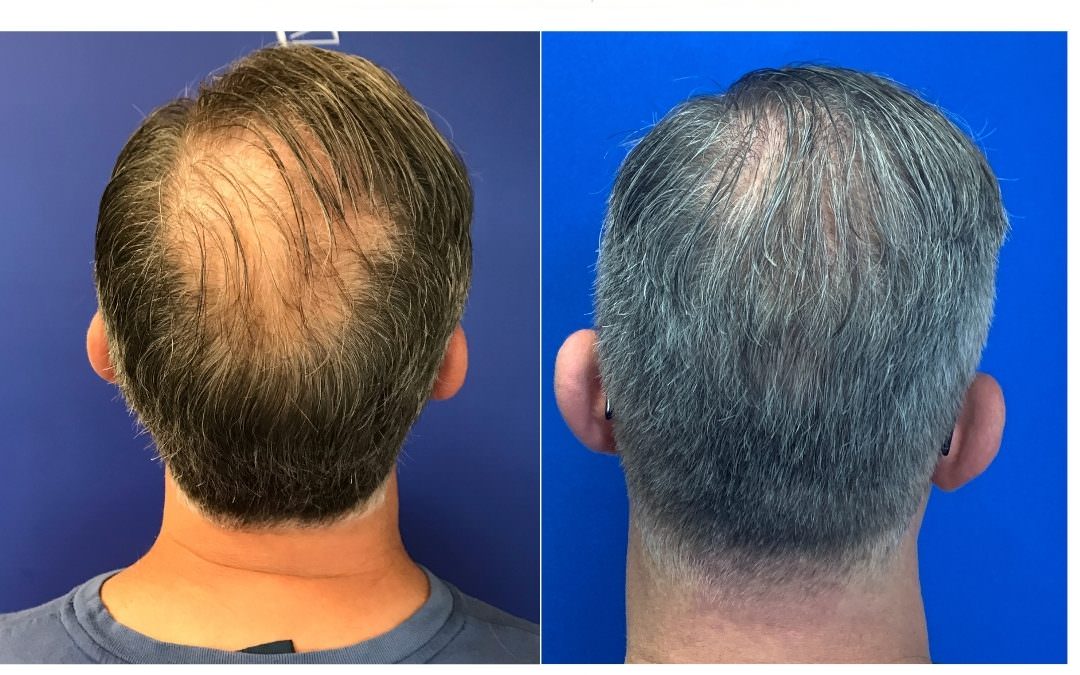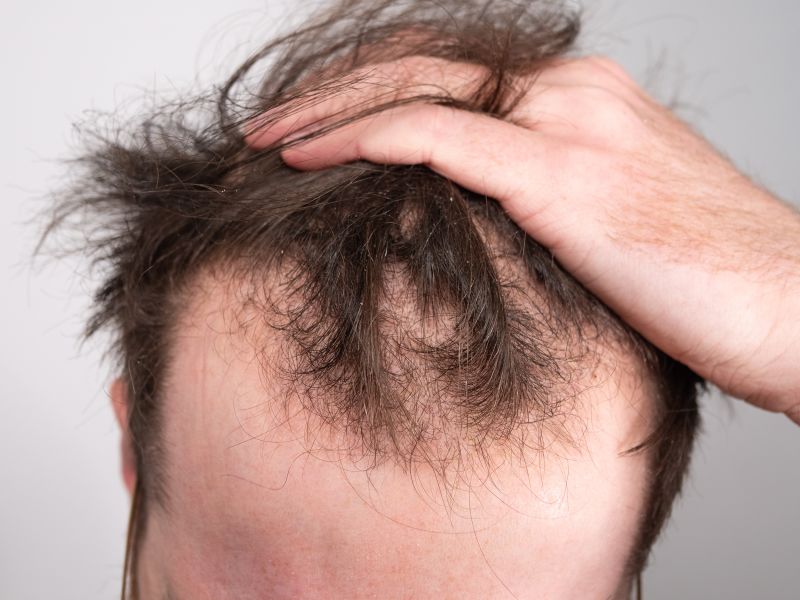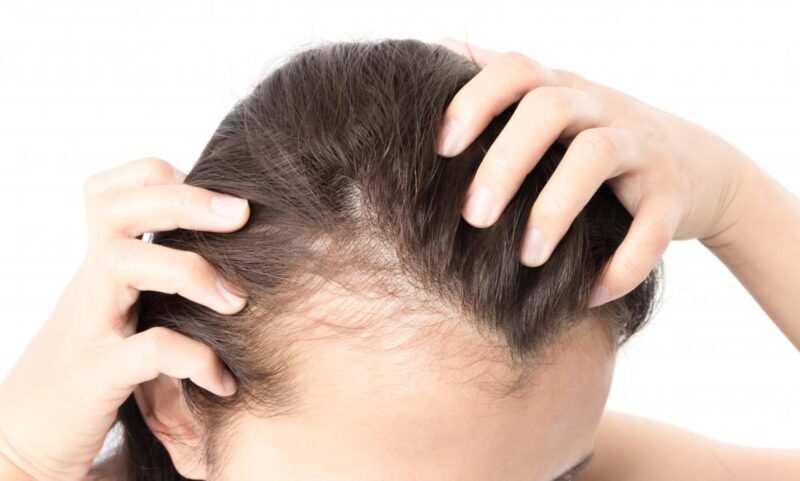Hair loss can be an emotionally difficult experience, and it’s important to understand the causes, types, and treatment options available. Whether you’re experiencing hair thinning or complete baldness, there are a variety of factors that could be contributing to this issue.
Knowing more about these factors and how they impact your health can help you better manage your condition. This article will provide an overview of hair loss causes, types, and potential treatments so you have a better understanding of what is happening in your body.
With knowledge comes power – by learning more about the underlying cause of hair loss you’ll feel empowered to make informed decisions about managing it effectively.
Causes of Hair Loss

Hair loss is a common problem that affects both men and women. While genetics play an important role in determining hair loss, there are other factors to consider as well, including hormones, nutrient deficiencies, medications, and medical conditions.
Hormonal changes can lead to thinning of the hair or complete baldness in some cases. Common hormonal causes include pregnancy, childbirth, and menopause.
An overactive or underactive thyroid gland may also be responsible for certain types of hair loss. Nutrient deficiencies can cause significant damage to the body – including the scalp – leading to balding patches on various parts of the head.
Iron deficiency is especially linked with female pattern baldness due to its role in maintaining healthy levels of ferritin (iron storage protein). Additionally, low levels of zinc and vitamin D have been associated with increased shedding from the scalp.
Certain medications such as chemotherapy drugs used for cancer treatment can contribute to significant temporary hair loss due to illness-related stressors; however, it generally grows back after ceasing medication use. There are also certain medical conditions such as lupus which inhibit normal growth by damaging follicles at their root sites causing patchy or total baldness depending on how far along it has progressed throughout different areas of scalp skin tissue cells affected by the symptoms of this disease too when contracted unfortunately sometimes if not treated early enough even.
Types of Hair Loss
Hair loss is a common but often misunderstood condition. It can be caused by many different factors, from genetics to lifestyle habits.
One of the most important steps in understanding and treating hair loss is to learn about the various types that exist. Androgenic alopecia, or male/female pattern baldness, is one of the most common forms of hair loss.
In this type, genes are responsible for thinning and receding hairlines in both men and women as they age. Other causes include environmental factors like stress or medications such as chemotherapy drugs used to treat cancer.
Alopecia areata (also known as spot baldness) occurs when immune cells attack healthy follicles, resulting in patches of hair falling out at once—usually on the scalp but sometimes elsewhere on the body too. Traction alopecia can occur due to long-term hairstyling practices that tug at strands over time and damage them beyond repair; it’s especially prevalent among those who wear tight braids or extensions regularly.
Anagen effluvium is another form of sudden shedding caused by a disruption in normal cell division within follicles due to medical treatments like radiation therapy or chemotherapy designed for other conditions besides cancer itself—such as autoimmune diseases or infections like HIV/AIDS virus). Finally, telogen effluvium describes an imbalance between how quickly new hairs grow (called anagen) compared with old hairs being shed (telogen).
This usually happens after dramatic changes in hormones—like during pregnancy–or intense physical trauma like major surgery where large amounts of blood have been lost from tissues all over your body including your scalp area specifically!
Treatment Options for Hair Loss

Hair loss can be a devastating condition for many, but understanding the causes of hair loss and identifying the right treatment options can help to mitigate or even reverse it. The most common cause of hair loss is genetics, but other factors such as certain medications, stress levels, hormonal imbalances, and nutrition all play a role in determining whether you experience thinning or balding.
Treatments available range from topical applications like Minoxidil to medical procedures such as platelet-rich plasma therapy and hair transplants. No matter what type of treatment option you choose it’s important to start early if you want to prevent further damage.
Topical treatments are often used first before progressing to more invasive procedures that may require surgery. For those who don’t wish to pursue surgical solutions, there are also lifestyle changes that can be made including changing your diet and exercising regularly which can help improve overall health and potentially reduce further hair loss. Overall, when dealing with any form of hair loss it’s important to understand the root causes so that an appropriate plan for treatment can be put into place accordingly.
With careful consideration given towards both non-invasive treatments such as topicals and diet changes alongside more aggressive approaches like surgeries and PRP therapy; finding the right combination of therapies will ensure maximum success in addressing your particular patterned baldness or alopecia issues.
Conclusion

Hair loss can be a difficult issue to cope with, but understanding the causes, types, and treatment options available is important for anyone who experiences it. From genetics to nutrition deficiencies, there are many potential reasons why someone might experience hair loss. Fortunately, today numerous treatments can help slow down or stop this condition.
The key is to understand the underlying cause of your hair loss so you can choose an effective solution that works best for you. With proper care and attention to nutrition and lifestyle factors like stress management, you may find yourself able to restore your full head of hair in no time!


